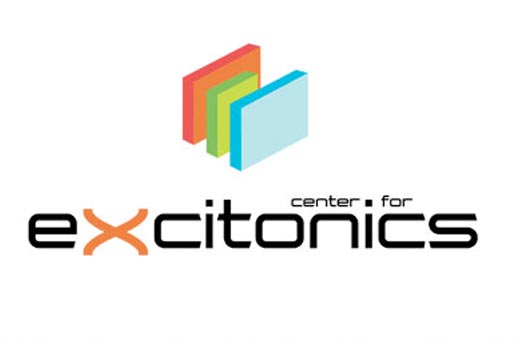
Researchers at MIT’s Center for Excitonics are seeking to learn how plants capture, transport, and use energy from the sun. Key to the process is the exciton—a kind of nanoscale packet of energy that is created when sunlight “excites” a chlorophyll molecule. Once created, excitons transfer the solar energy through the leaf and oversee its conversion into electrical energy and chemicals.
By understanding how nature controls the creation, destruction, and migration of excitons during photosynthesis, researchers in the center hope one day to supersede traditional electronics with devices in which excitons mediate the flow of energy. The result could be highly efficient, low-cost solar cells and novel solid-state lighting technologies.
The Center for Excitonics is one of 46 Energy Frontier Research Centers (EFRCs) established nationwide by the US Department of Energy in 2009. Along with 15 other EFRCs, the center receives its funding—$19 million over five years—through the American Recovery and Reinvestment Act. The director of the center is Marc Baldo, associate professor of electrical engineering and a principal investigator in the Research Laboratory of Electronics at MIT. Center activities involve researchers throughout MIT as well as at Harvard University and Brookhaven National Laboratory.
Center-funded research has already produced results including transparent organic solar cells, nanoscale wires tailored for use in LEDs or solar panels, and—most important—an expanding fundamental understanding of excitons that promises to yield a new generation of critically needed energy technologies.
This article appears in the Autumn 2012 issue of Energy Futures.